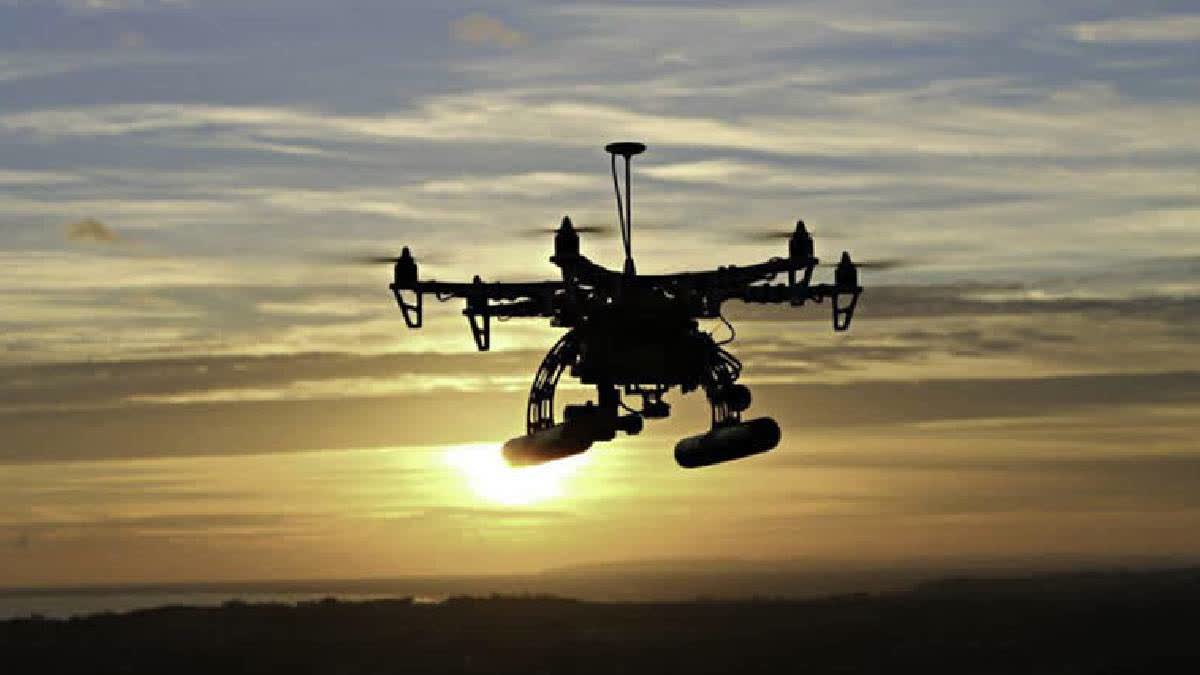New Delhi: India has officially surpassed 29,500 drone registrations as on 29 January, as per the Directorate General of Civil Aviation (DGCA) data.
The national capital has the highest registered drones at 4,882 followed by Tamil Nadu and Maharashtra, which have 4,588 and 4,132 registered drones respectively. Drone registrations in other states are Haryana (3,689), Karnataka (2,516), Telangana (1,928), Gujarat (1,338), and Kerala (1,318).
These figures indicate the rising interest in drone technology across various regions. The numbers also say that drones are now receiving wider acceptance across sectors namely agriculture, infrastructure and logistics.
The DGCA, while maintaining the Digital Sky Platform, assigns a Unique Identification Number (UIN) at the time of registration to each drone. It has issued 96 Type Certificates to different Unmanned Aircraft Systems (UAS), with 65 of those meant specifically for agricultural purposes. Additionally, 22,466 Remote Pilot Certificates (RPCs) have been issued through DGCA-authorised Remote Pilot Training Organisations (RPTOs), which have helped develop the skilled workforce for the drone industry.
Minister of State for Civil Aviation Murlidhar Mohol stressed that steps have been taken for the promotion of drone technology across various sectors. To facilitate matters, the Ministry of Civil Aviation amended norms in August 2024, dispensing with passports for registering, de-registering or transferring drones. Instead, these functions can now be accomplished using Voter ID, ration card or driving license.
Besides, the government has formulated a drone airspace map with the three airspaces categorised into 'Green', 'Yellow', and 'Red'. Operations in 'Green' airspace do not require prior permissions, 'Yellow' airspace requires approval from local Air Traffic Control and 'Red' airspace demands authorisation from the Central government.
Chirag Sharma, CEO and founder, Drone Destination told ETV Bharat, "The Indian drone industry is poised for rapid growth over the next five years as the eco-system undergoes a shift towards self-reliance with focus on indigenisation of both drones and drone components. We foresee the ecosystem getting a fillip with successful implementation of large scale government schemes such as Namo Drone Didi, NAKSHA, Amrut 2.0 as well as defence procurement of UAV systems. The much-awaited Beyond Visual Line of Sight (BVLOS) policy both for operations and UAV certification, will unleash a plethora of new applications for drones including delivery, long range asset inspections, surveillance and monitoring, and empower many sectors including Urban Planning, Energy and Utilities, Logistics, Agriculture and others."
Read more



